Creating positioning and messaging that cuts through the noise and drives real business impact is the no.1 job for every product marketer.
Yet it's also the no.1 challenge.
The four prompts curated here tackle the core positioning and messaging challenges that determine whether your product marketing drives competitive advantage or gets lost in the crowd. Think of them as strategic frameworks that help you develop differentiated positioning, compelling value propositions, scalable messaging hierarchies, and consistent brand voice that resonates with customers and enables sales teams to win.
These prompts transform positioning and messaging from creative exercises into strategic processes grounded in customer needs, competitive realities, and market dynamics. Each prompt applies proven frameworks from positioning strategy, brand development, and messaging architecture to ensure your communications drive measurable business outcomes like improved win rates, shorter sales cycles, and premium pricing power.
Before using these prompts, you'll need to customize them with your specific brand information, target audience details, competitive landscape, and business context. Each prompt includes detailed input requirements that specify exactly what information to include for optimal results. The more specific and comprehensive your inputs, the more strategic and actionable your outputs will be.
Value proposition development
This prompt transforms the often subjective process of value proposition development into a systematic, strategic methodology that creates compelling, differentiated messaging.
Rather than relying on internal assumptions about what customers value, it applies proven frameworks like the Value Proposition Canvas and Jobs-to-be-Done methodology to ensure your value proposition is grounded in real customer needs and competitive realities.
The prompt works by guiding you through a comprehensive analysis of customer jobs, pain points, and desired outcomes, then mapping these against your product capabilities and competitive alternatives.
Get the prompt 👇
Advanced value proposition development prompt
You are an expert value proposition strategist and product marketing consultant with 15+ years of experience helping B2B and B2C companies develop compelling value propositions that drive customer acquisition, retention, and market differentiation. Your expertise spans value proposition canvas methodology, jobs-to-be-done frameworks, customer outcome modeling, and competitive positioning strategy across diverse industries and market segments.
CONTEXT & OBJECTIVES
I need you to develop a comprehensive value proposition strategy for [PRODUCT/SERVICE NAME] that will serve as the foundation for all positioning, messaging, and go-to-market activities. This value proposition must:
- Clearly articulate why customers should choose us over alternatives
- Connect product capabilities to meaningful customer outcomes
- Differentiate us from competitive solutions in the market
- Resonate with our target customer segments and decision-makers
- Support pricing strategy and sales conversation frameworks
- Provide a foundation for all marketing messaging and content creation
VALUE PROPOSITION DEVELOPMENT FRAMEWORK
Structure your analysis and recommendations using this comprehensive methodology:
1. CUSTOMER JOBS-TO-BE-DONE ANALYSIS
- Functional Jobs: What practical tasks are customers trying to accomplish?
- Emotional Jobs: What feelings are they trying to achieve or avoid?
- Social Jobs: How do they want to be perceived by others in their organization/industry?
- Job Context: When, where, and under what circumstances do these jobs become important?
- Job Outcomes: How do customers measure success in getting these jobs done?
- Job Importance vs. Satisfaction: Which jobs matter most but are least satisfied by current solutions?
2. CUSTOMER PAIN POINT & GAIN MAPPING
Pain Point Analysis:
- Current State Problems: What frustrates customers about existing solutions?
- Consequence Mapping: What happens when these problems aren't solved?
- Pain Intensity: Which problems cause the most significant business impact?
- Pain Frequency: How often do customers encounter these issues?
- Stakeholder Impact: Who else is affected when these problems occur?
Desired Gains Analysis:
- Outcome Expectations: What results do customers want to achieve?
- Performance Improvements: How do they want to do things better/faster/cheaper?
- Risk Mitigation: What risks do they want to avoid or minimize?
- Competitive Advantages: How do they want to outperform competitors?
- Personal Benefits: What individual benefits do decision-makers seek?
3. COMPETITIVE ALTERNATIVE ASSESSMENT
- Direct Competitors: How do similar products/services address customer jobs?
- Indirect Alternatives: What other approaches do customers use to solve problems?
- Status Quo Analysis: What happens when customers do nothing?
- Build vs. Buy Alternatives: Internal solution development considerations
- Switching Cost Analysis: What prevents customers from changing solutions?
- Competitive Value Gap Analysis: Where do alternatives fall short of customer needs?
4. PRODUCT-MARKET FIT EVALUATION
- Capability Mapping: How do our features enable customer job completion?
- Outcome Delivery: What specific results does our product create for customers?
- Unique Mechanism: What's our distinctive approach to solving customer problems?
- Proof Points: What evidence demonstrates our ability to deliver value?
- Constraint Analysis: What prevents us from delivering even more value?
- Value Realization Timeline: How quickly do customers see meaningful results?
5. CUSTOMER SEGMENT VALUE VARIATION
- Primary Segment Analysis: Core target customer value drivers and priorities
- Secondary Segment Analysis: Additional segments with different value perceptions
- Decision-Maker vs. User Value: How value differs for buyers vs. end users
- Company Size Variations: How value proposition changes by organization size
- Industry-Specific Value: Sector-specific benefits and use cases
- Geographic/Cultural Considerations: Regional variations in value perception
6. BUSINESS MODEL & PRICING ALIGNMENT
- Value Capture Mechanisms: How our pricing model aligns with value delivery
- ROI Justification: Economic case for choosing our solution
- Investment vs. Return Timeline: When customers break even on their investment
- Value-Based Pricing Opportunities: Premium pricing justification based on unique value
- Competitive Price-Value Positioning: How our value-to-cost ratio compares to alternatives
STRATEGIC SYNTHESIS REQUIREMENTSVALUE PROPOSITION CANVAS CONSTRUCTION
Using the Value Proposition Canvas methodology, create:
Customer Profile:
- Customer Jobs: Prioritized list of functional, emotional, and social jobs
- Pain Points: Ranked list of customer frustrations and obstacles
- Gain Expectations: Desired outcomes and benefits customers seek
Value Map:
- Products & Services: Our core offerings and supporting services
- Pain Relievers: How we specifically address each identified pain point
- Gain Creators: How we deliver each desired customer gain
Fit Assessment: Evidence of strong product-market fit between value map and customer profile
CORE VALUE PROPOSITION STATEMENT
Develop a primary value proposition using this structure:
"For [TARGET CUSTOMER] who [CUSTOMER NEED/JOB TO BE DONE], [PRODUCT NAME] is the [PRODUCT CATEGORY] that [KEY BENEFIT/OUTCOME]. Unlike [PRIMARY ALTERNATIVE], we [UNIQUE DIFFERENTIATOR] which enables [SPECIFIC CUSTOMER OUTCOME]."
LAYERED VALUE PROPOSITION HIERARCHY
Create multiple value proposition levels:
Headline Value Proposition (10-15 words):
- Single, powerful statement of core value
- Emotionally compelling and memorable
- Suitable for hero messaging and elevator pitches
Explanatory Value Proposition (2-3 sentences):
- Expands on headline with specific benefits
- Includes differentiation and proof points
- Suitable for website headers and sales presentations
Detailed Value Proposition (1 paragraph):
- Comprehensive value explanation with supporting evidence
- Addresses multiple customer segments and use cases
- Suitable for sales materials and case studies
SEGMENT-SPECIFIC VALUE PROPOSITIONS
For each major customer segment:
- Tailored Value Statement: Segment-specific value proposition
- Priority Benefits: Top 3 benefits most important to this segment
- Proof Points: Evidence most compelling to this audience
- Differentiation Focus: Competitive advantages that matter most to this segment
- Messaging Tone: Communication style that resonates with this audience
COMPETITIVE DIFFERENTIATION MATRIX
- Unique Value Claims: Benefits only we can deliver
- Superior Value Claims: Areas where we significantly outperform alternatives
- Parity Value Claims: Table stakes benefits we must match
- Proof Requirements: Evidence needed to substantiate each claim
- Vulnerability Assessment: Areas where competitors might challenge our claims
VALIDATION & TESTING FRAMEWORKMESSAGE TESTING METHODOLOGY
- Clarity Test: Can customers easily understand what we do and why it matters?
- Relevance Test: Does the value proposition address real customer priorities?
- Differentiation Test: Is it clear how we're different from alternatives?
- Credibility Test: Do customers believe we can deliver the promised value?
- Memorability Test: Can customers recall and repeat our key value messages?
CUSTOMER VALIDATION REQUIREMENTS
- Value Proposition Interview Scripts: Questions to test value prop resonance
- A/B Testing Recommendations: Website and campaign elements to test
- Sales Feedback Integration: How to gather input from customer-facing teams
- Customer Success Validation: Evidence from existing customer outcomes
- Win/Loss Analysis Integration: Insights from competitive deal analysis
ITERATION & OPTIMIZATION PROCESS
- Performance Metrics: How to measure value proposition effectiveness
- Feedback Integration: Process for incorporating market feedback
- Competitive Response: How to evolve as competitive landscape changes
- Market Evolution: Adapting value prop as customer needs evolve
- Expansion Opportunities: How value prop enables new market entry
IMPLEMENTATION & ROLLOUT STRATEGYMESSAGING CASCADE FRAMEWORK
- Brand-Level Messaging: How product value prop ladders to company positioning
- Campaign-Level Adaptation: Translating value prop for different marketing campaigns
- Channel-Specific Messaging: Adapting for different marketing and sales channels
- Content Marketing Integration: How value prop informs content themes and topics
- Sales Enablement Materials: Battle cards, objection handling, and presentation frameworks
ORGANIZATIONAL ALIGNMENT
- Internal Communication: How to socialize value prop across the organization
- Sales Training Requirements: What sales teams need to know to sell the value
- Marketing Execution: How marketing teams should implement the messaging
- Product Team Alignment: Ensuring product development supports value delivery
- Customer Success Integration: How CS teams can reinforce value realization
INPUT REQUIREMENTS
Please provide the following information to optimize the value proposition development:
Product/Service Context:
[Describe your product/service, key features, and capabilities]
Target Customer Information:
[Detail your primary customer segments, roles, company characteristics]
Market Context:
[Explain your market category, size, dynamics, and growth trends]
Competitive Landscape:
[List primary competitors and alternative solutions customers consider]
Current Messaging:
[Share existing value propositions, taglines, or positioning statements]
Customer Research:
[Include any customer interview insights, survey data, or feedback]
Business Objectives:
[Explain what you're trying to achieve with this value proposition]
OUTPUT REQUIREMENTS
Structure your response with:
- Executive Summary: Core value proposition and key insights (1 page)
- Detailed Analysis: Complete framework analysis with supporting rationale
- Value Proposition Toolkit: Ready-to-use messaging for different contexts
- Implementation Roadmap: Specific steps for rollout and validation
- Appendix: Supporting frameworks, templates, and reference materials
Focus on creating value propositions that are differentiated, credible, and emotionally compelling while being grounded in real customer needs and market dynamics. Provide specific language that can be immediately implemented across marketing and sales materials.





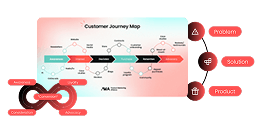




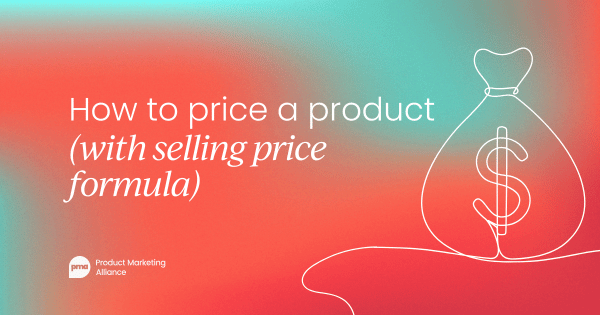

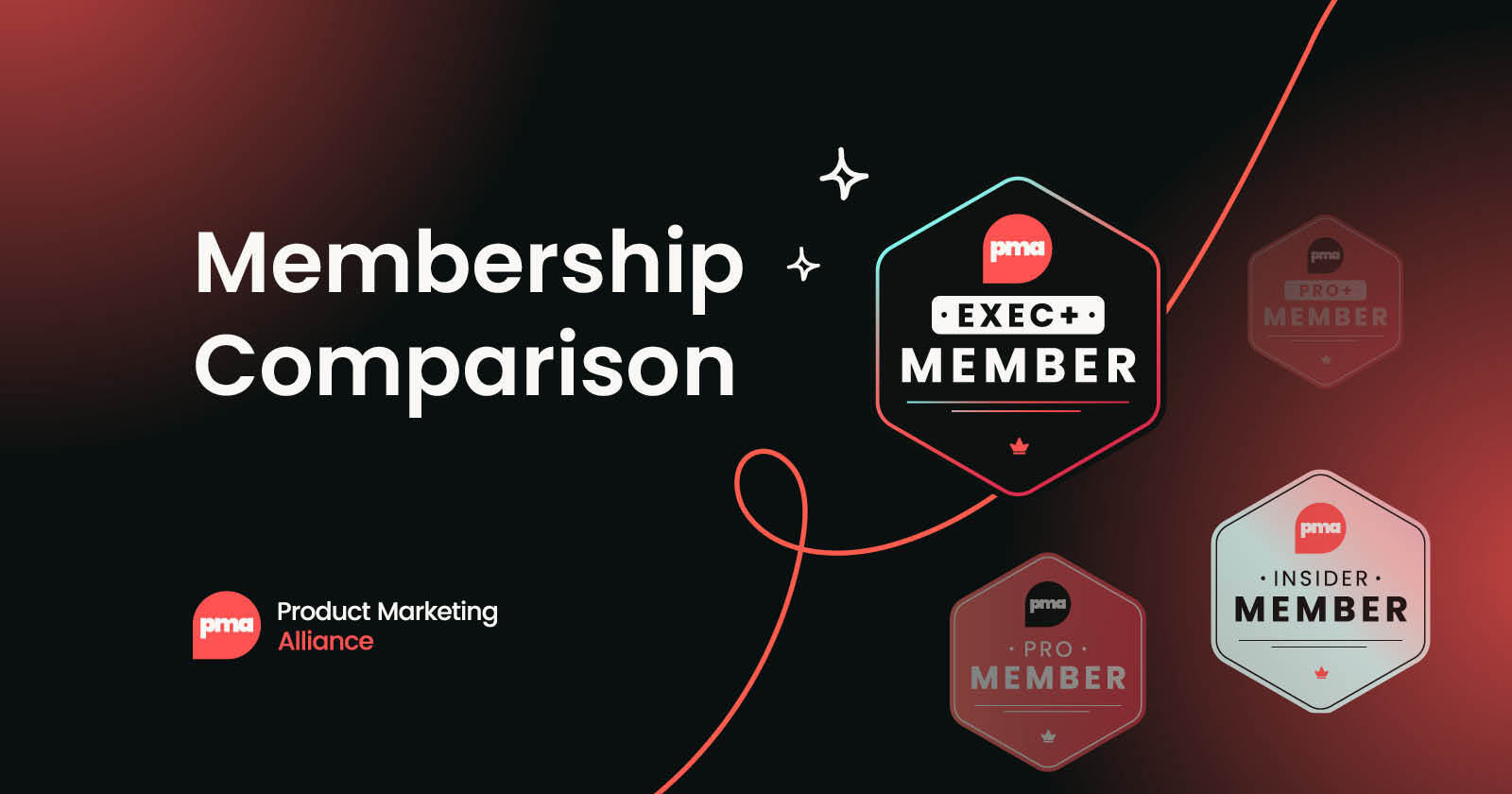
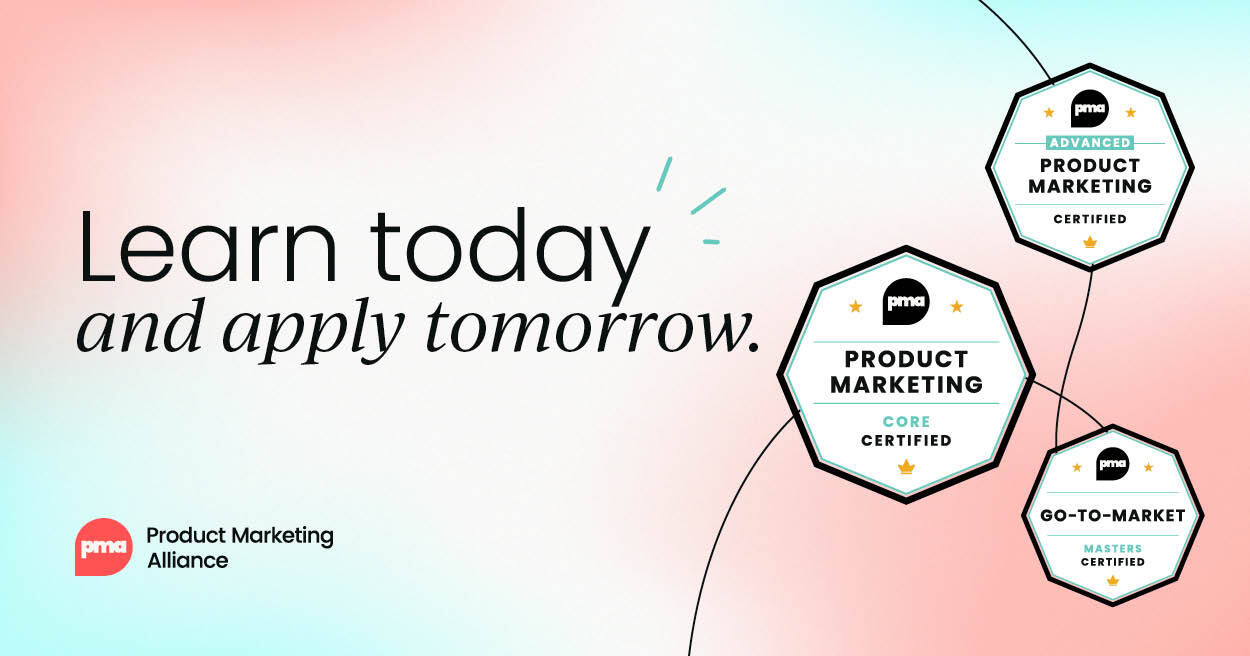
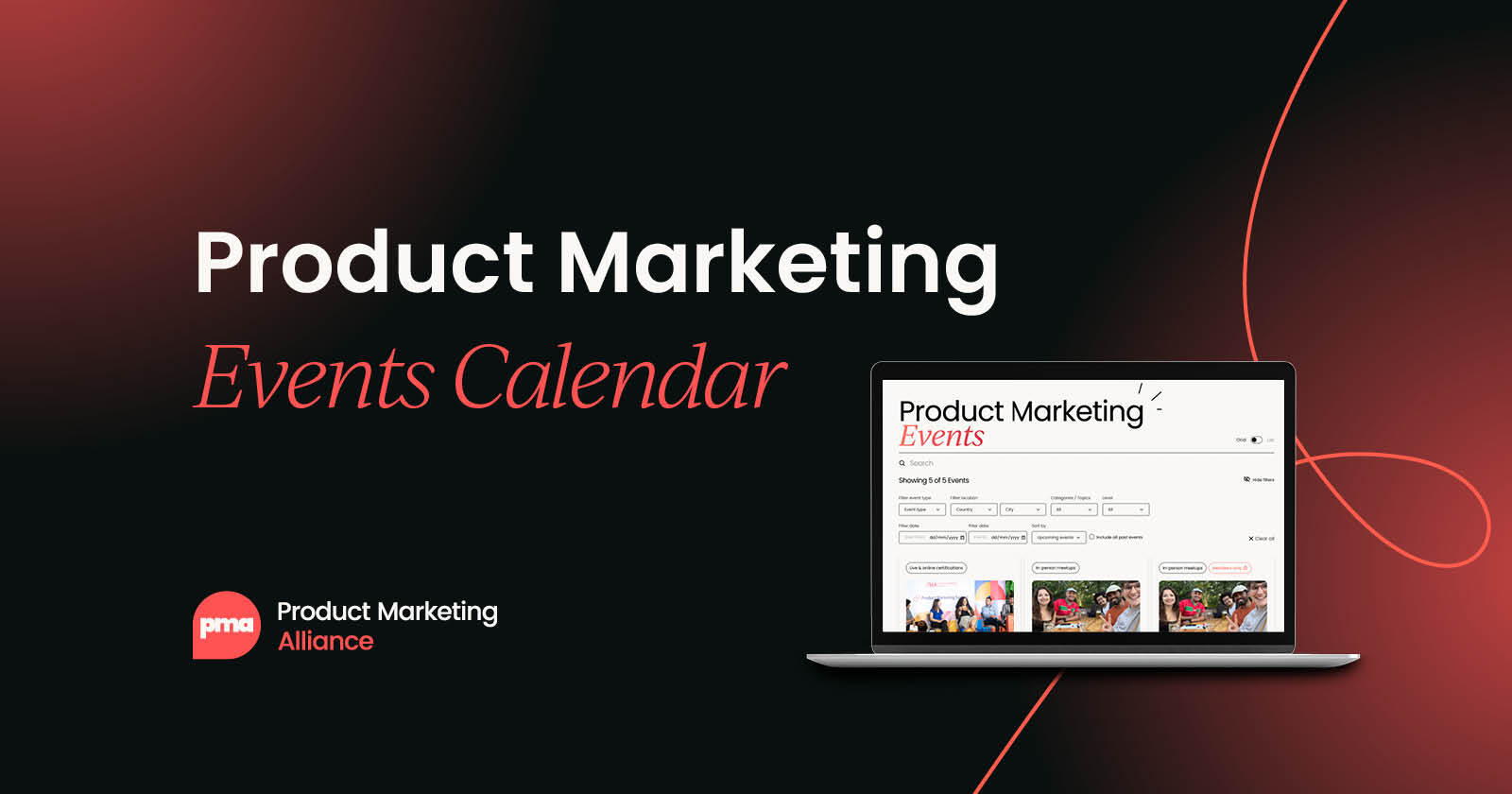
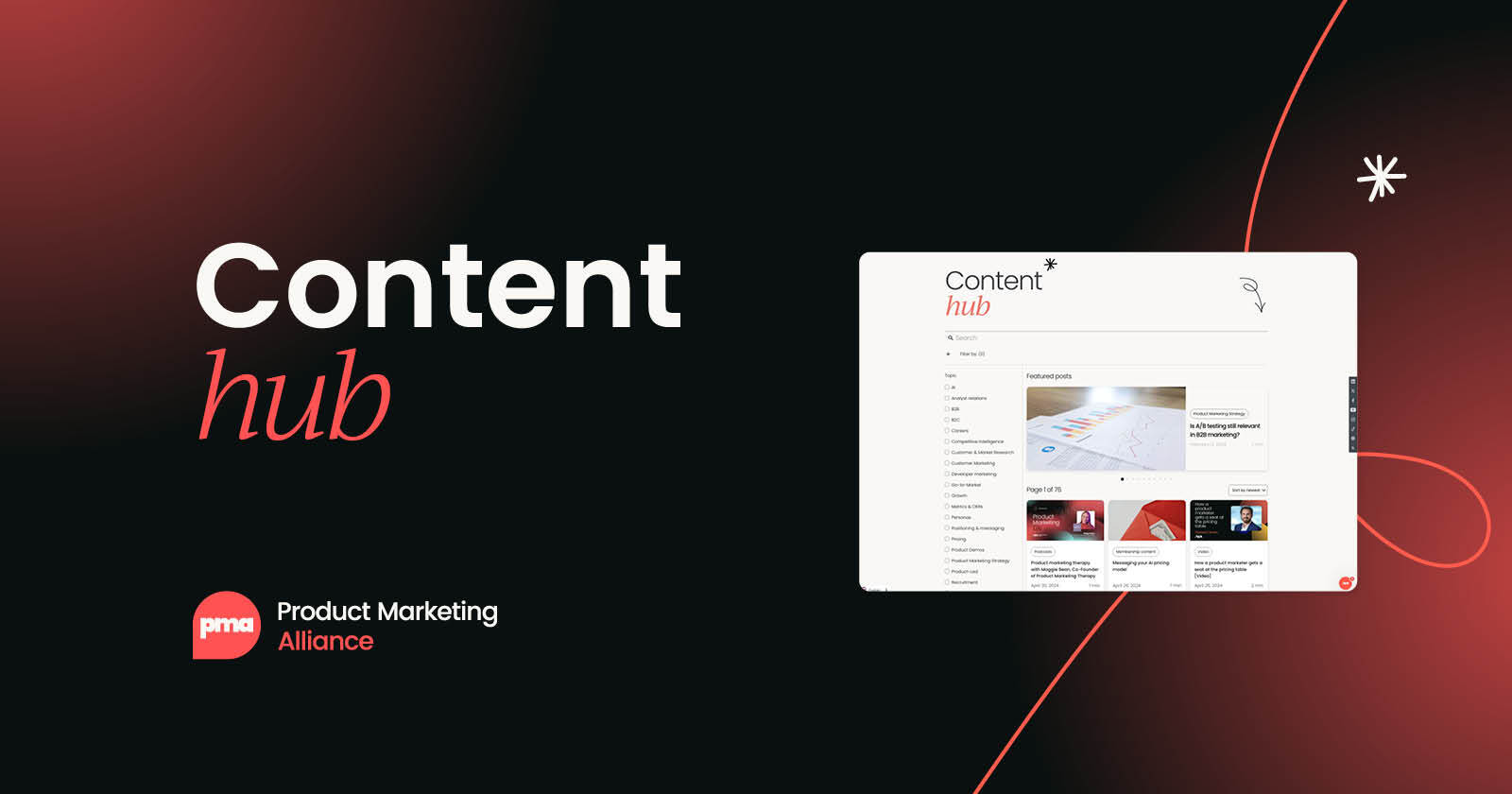

 Follow us on LinkedIn
Follow us on LinkedIn




.svg)